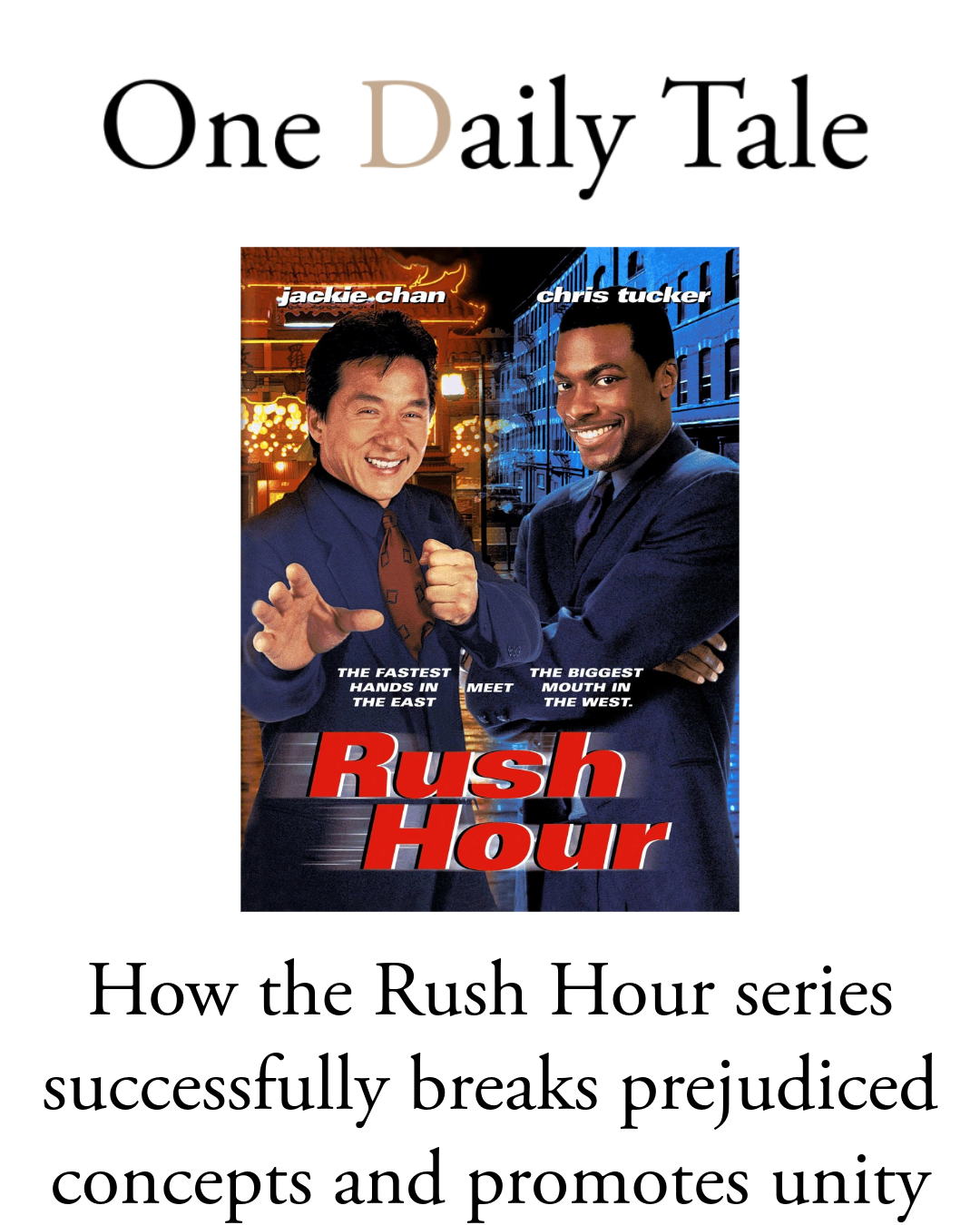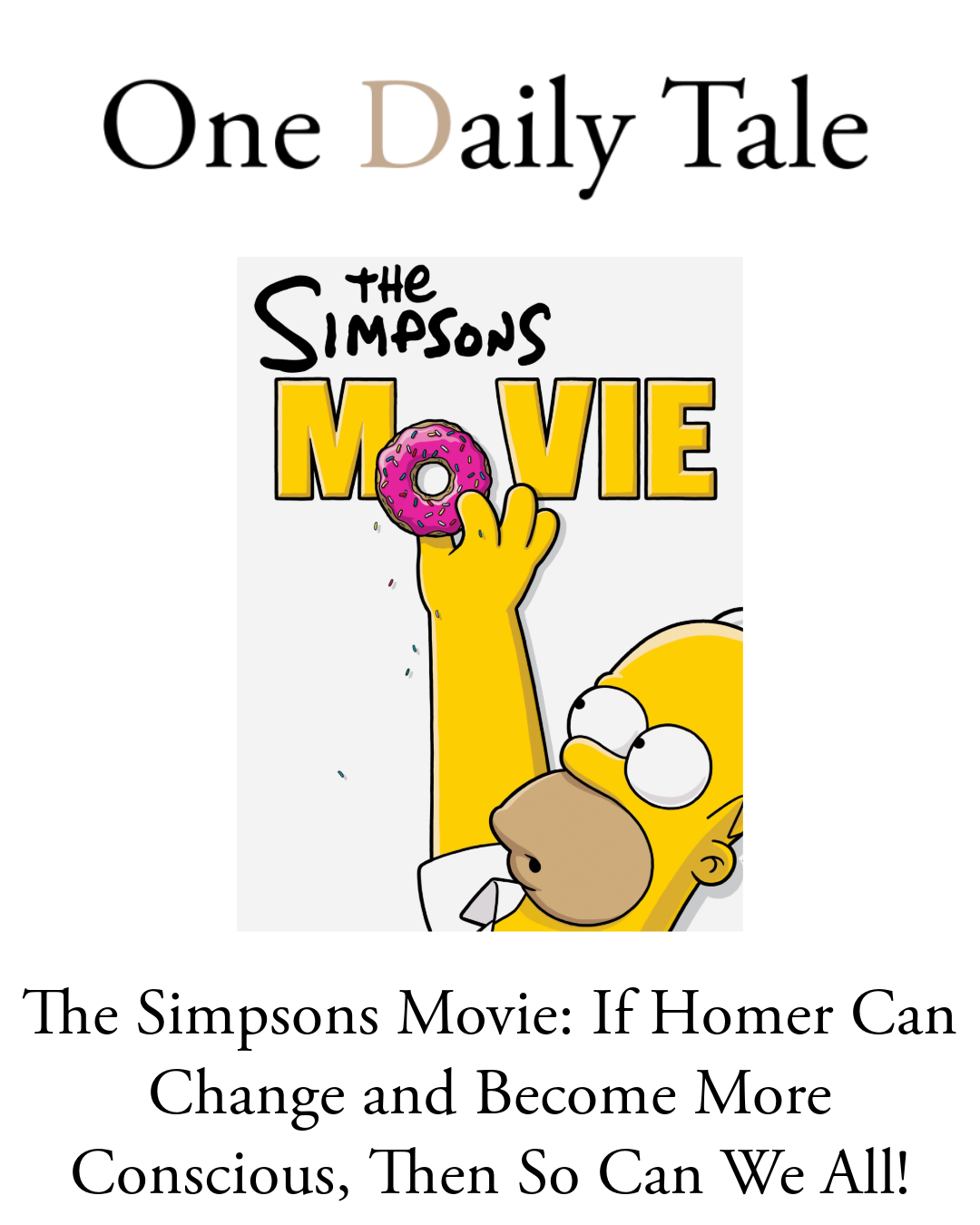Merry Christmas! I hope you’re enjoying a wonderful time with family or friends. Even if you’re unable to celebrate, may this season bring you peace and joy. If you have children, I wish you the best as you endure watching the same movie repeatedly with them! Children possess an indomitable will to watch their favorite films over and over, and for me, one such movie was Gremlins (1984).
This quirky holiday classic draws on legends of mischievous folkloric creatures—”gremlins”—from the British Royal Air Force during World War II. The story follows young Billy Peltzer, who receives a peculiar creature as a pet. This innocent creature spawns others that eventually transform into aggressive, imp-like monsters, wreaking havoc on Billy’s hometown during Christmas Eve.
Why Do Children Love Watching the Same Movie?
A few reasons explain why children are drawn to rewatching the same movie countless times. Their brains are still developing, and repetition plays a crucial role in helping them process and understand subtle details they might miss on the first viewing. Watching the same story unfold brings comfort and reassurance because they know what to expect.
Interestingly, while children rely on repetition for growth, adults can harness neuroplasticity, too. Neuroplasticity allows our brains to rewire and adapt through effort and practice, even as we age. By embracing a growth mindset—the belief that talents and abilities can be improved—we can combine healthy brain habits with self-awareness exercises to enhance our understanding of ourselves and the world around us.
The Gremlins Metaphor: Beyond Society’s Norms
The movie Gremlins offers more than just holiday mayhem; it reflects profound themes of responsibility, societal norms, and education. The gremlins themselves, creatures that cause malfunctions, represent how we often deflect blame when things go wrong. In the film, the adorable mogwai isn’t inherently bad but becomes a destructive force due to the failures of its caretakers.
This dynamic serves as a metaphor for the role of education—or the lack thereof—in shaping society. Proper education and guidance can prevent profound issues from arising, just as responsible care could have stopped the mogwai’s transformation.
Becoming more self-aware allows us to challenge societal norms and question whether the structures imposed on us are truly immovable. If, like me, you’ve ever felt like you don’t fit into society, it’s worth examining how societal expectations influence that feeling. Self-awareness helps us see beyond the superficial picture painted by external forces and encourages us to ask the deeper questions.
The Responsibility of Parenthood and Shaping the Future
Parenthood is, perhaps, the most critical decision we face in life. It doesn’t just affect our personal lives but also shapes the existence of another human being who will navigate the society we’ve created. This responsibility calls for serious reflection, especially in a world where societal norms are often misaligned with human well-being.
I once believed that an individual couldn’t make much of a difference, but I’ve come to realize the power of collective action. While one person may not change the world alone, the combined efforts of many can bring about transformative change. By cultivating self-awareness in ourselves and others, we can reshape society into one that prioritizes human wellness and paves the way for a brighter future for the next generations.
What Do You Think?
How do you interpret the themes of Gremlins, and do you see a connection between self-awareness and societal change? Let me know your thoughts in the comments—I’d love to hear your perspective!










Leave a Reply